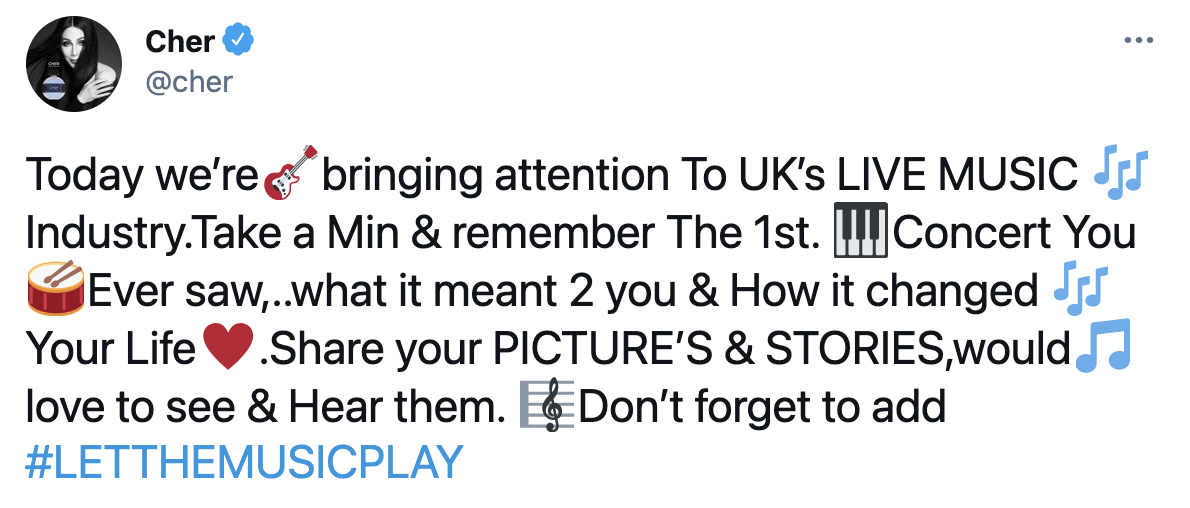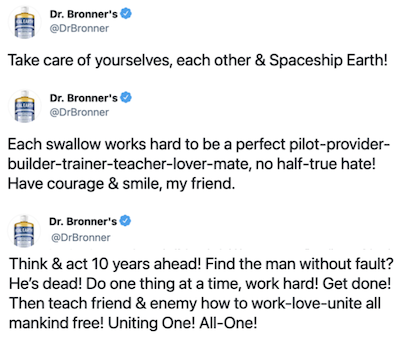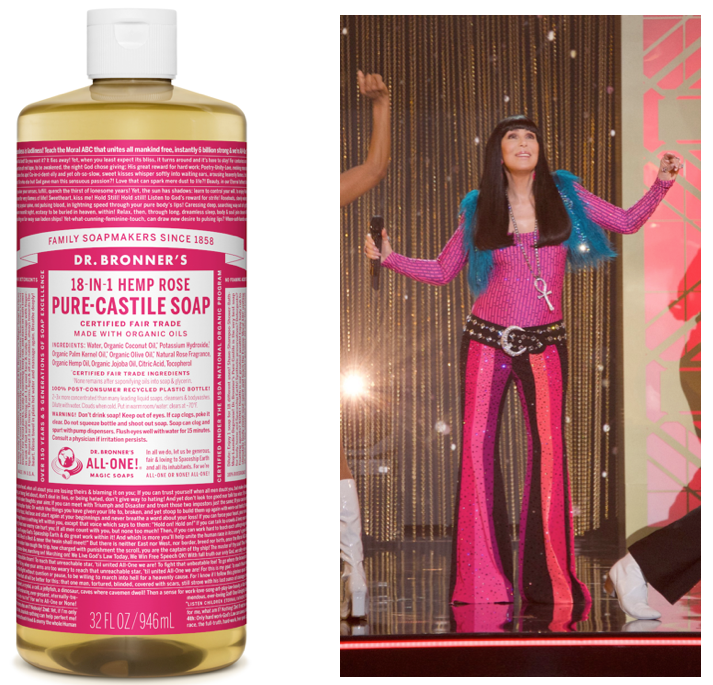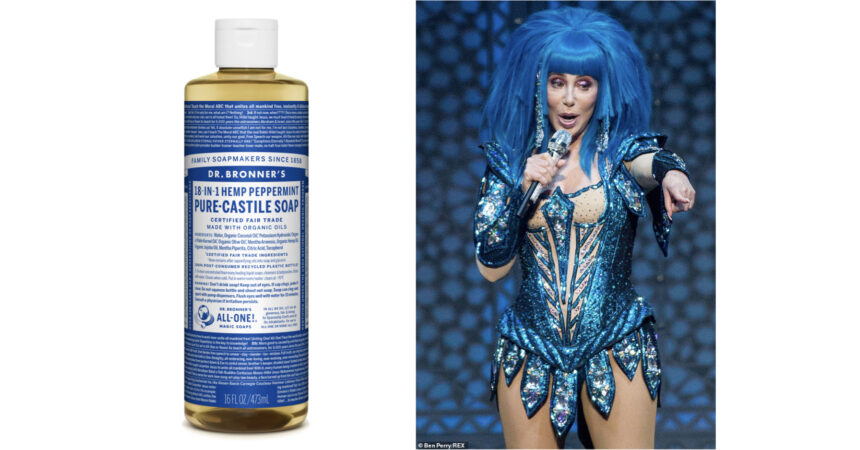Having a last name is for normies and nothingburgers. That’s why Cher tossed hers aside like an old Dunkin’ cup she had just drained of its dregs. She ditched the “Sarkisian” and joined the echelon of stars who have risen above the banality of a surname: people like Prince and Björk, Iman and Fabio. After all, who needs a last name when you’re a legend in your own time?
Her last-nameless legacy is impossibly glitzy, made up of pitch-perfect pop songs, spangly outfits and Las Vegas residencies that will live forever in outrageous splendor. And, most fascinating to those of us who work with words for a living, she’s an artist who is creative not just with her costumes and her recordings, but with her communication. On her personal Twitter account, Cher breaks from the pack with unpredictable capitalization and punctuation, abbreviations, emoji, and that thing of using number 2 to take the place of words (what is that even called?).
Here’s just one of Cher’s 2020 tweets (and rest assured there are many, many more where this came from):

What’s up with Cher’s wackadoodle tweeting? Well, Cher is upfront about the fact that she’s dyslexic and struggles with “normal” written communication. Luckily, she doesn’t give a fig about tweeting the “normal” way, and her 3.8 million followers don’t care, either. They love her for being her, and for sharing her unfiltered thoughts and feelings with them, emoji and all. (Just as there are superfans of Cher, there are superfans of Cher’s Twitter feed.)
As there is only one Cher, so there is only one Dr. Bronner’s. The only all-purpose soap company that’s also a darling of the counterculture, Dr. Bronner’s has lathered up a shocking amount of love and brand loyalty. What Ben and Jerry did for ice cream, Dr. Bronner did for liquid soap. After 72 years in business, their cultural impact is still off the charts (can you think of any other home and personal care brand you’d want to read a book about?). Today they sell a bottle of their “magic” soap every 2 seconds, and in 2019, they did $129 million in net sales. Not bad for a bunch of hippies.

So what’s up with Dr. Bronner’s wackadoodle messaging? Their bottle has been described as being covered in “weird religious ravings,” looking like “a cure-all from a deranged medicine man” and “violat[ing] every tenet of label design.”
Dig into their brand and you’ll find their weirdo credentials are real. Their backstory is beyond fascinating (for a real treat, watch the documentary about it). And their tweets, while frequently on the more polished, professional (and expected) side, still keep up the banner of the Doctor’s original rhetoric:

In terms of brand, Dr. Bronner’s is Cher, if Cher were soap. Cher is Dr. Bronner’s, if Dr. Bronner’s were a septuagenarian legend of arena pop. Both of their brands are bizarre, and irreplaceably so. They’re defined by a singular, distinctive voice. They’re unafraid to stand out, to be weird, to seem out of step with what others are doing. They let their freak flag fly, unreservedly. And people love them for it. They’re often imitated, but never, ever duplicated.
Here’s a handy chart:

They’re also defined by their activism. Cher doesn’t see herself as just a celebrity to be idolized. Dr. Bronner’s doesn’t think its brand exists just to accrue greater market share, or even to make the world’s best soap. Rather, they both feel a duty to improve the world that has made them successful. Dr. Bronner’s promotes progressive ideas: that cannabis should be decriminalized and that psilocybin can help humans heal (read about this!). Cher hates the GOP and wants to save Western democracy (girl, same).
They’re not fighting exactly the same battles, but they’re both unafraid to voice their convictions about political and social responsibility. In the process, they may alienate some people who don’t agree with them. But they understand that trying to please everyone is always a losing proposition.
The thing is, they both know who they are. They know what their strengths are. And they know how they want to try and make the world a little bit better. In other words, they live a purpose.

What branding lessons can we take from Doc and Cher?
1. It’s good to be weird.
It can be tempting to emulate what you see other brands doing (especially if it’s working well for them). It just feels so much safer than taking a risk. But copy your competitors and you risk becoming a follower brand. No shopper was ever inspired by a follower brand.
When you lean into your you-ness and away from your like-everyone-elseness, it can be surprisingly powerful, pushing you to the top and fostering deep love with your fan base. That’s why being weird is a strength as frequently as it’s a liability. If there’s weirdness in your brand, resist the urge to smooth it out too much.
Confused about the difference between good-weird and bad-weird? It’s all about whether the weirdness is aligned with your brand values and personality. If it is, you can push that weirdness surprisingly far. If your weirdness falls out of line with your values and personality, that’s when your brand will start to feel confusing, disjointed and bad-weird. (And if your brand voice and personality don’t allow for any weirdness at all, that probably means it’s too bland and your target audience is yawning as they scroll right past you.)
2. It’s great to be real.
An authentic brand is the easiest kind of brand to respect and love. But what does it mean to be authentic, anyway? This psychologist defines authenticity in people using seven main qualities. A few of them apply to brands as well. Authentic brands are thoughtful, understand their own motivations, and are open to learning from their mistakes.
If you’re coming from somewhere genuine, people will be able to tell. Authentic brands have a strong sense of their own story (across every single employee and partner). They have core values that feel meaningful to both their consumers and their employees, and they use those values to guide their decisions. They also show their quirks, struggles and imperfections, rather than trying to present an unrealistically flawless facade.
3. It’s amazing to dedicate yourself to something bigger.
All brands want success. But what’s your definition of “success”? Is it to crush the competition, become the industry leader and then swim around in a bank vault of money like Scrooge McDuck? Or is it to bring greater meaning to your work by building a brand that’s profitable and has a net positive effect on the world?
If you’re truly living a purpose — one higher than building fame or making money — that purpose becomes an engine that will propel your brand forward and get people excited about lifting it up. (You don’t have to be curing cancer or saving the world, either. You can just be making reality a little better in some way.)
When your brand gives people something to really believe in, they become not just consumers buying your products, but fans evangelizing about you, caring about you and waiting to see what you come up with next. As a fan, I can’t wait to see what Cher does next (I hope it’s a duet with Ariana Grande that’s released as a single to benefit The Fight for $15). And Dr. Bronner’s? I can’t even imagine what they have planned, but I have a suggestion: cinnamon soap (for a warming zap in the chilly winter months).

Does your brand need help finding its inner Cher? Give us a ring, we’d love to help you look for it. In this blog, our lead researcher pulls back the curtain on how we do it.




